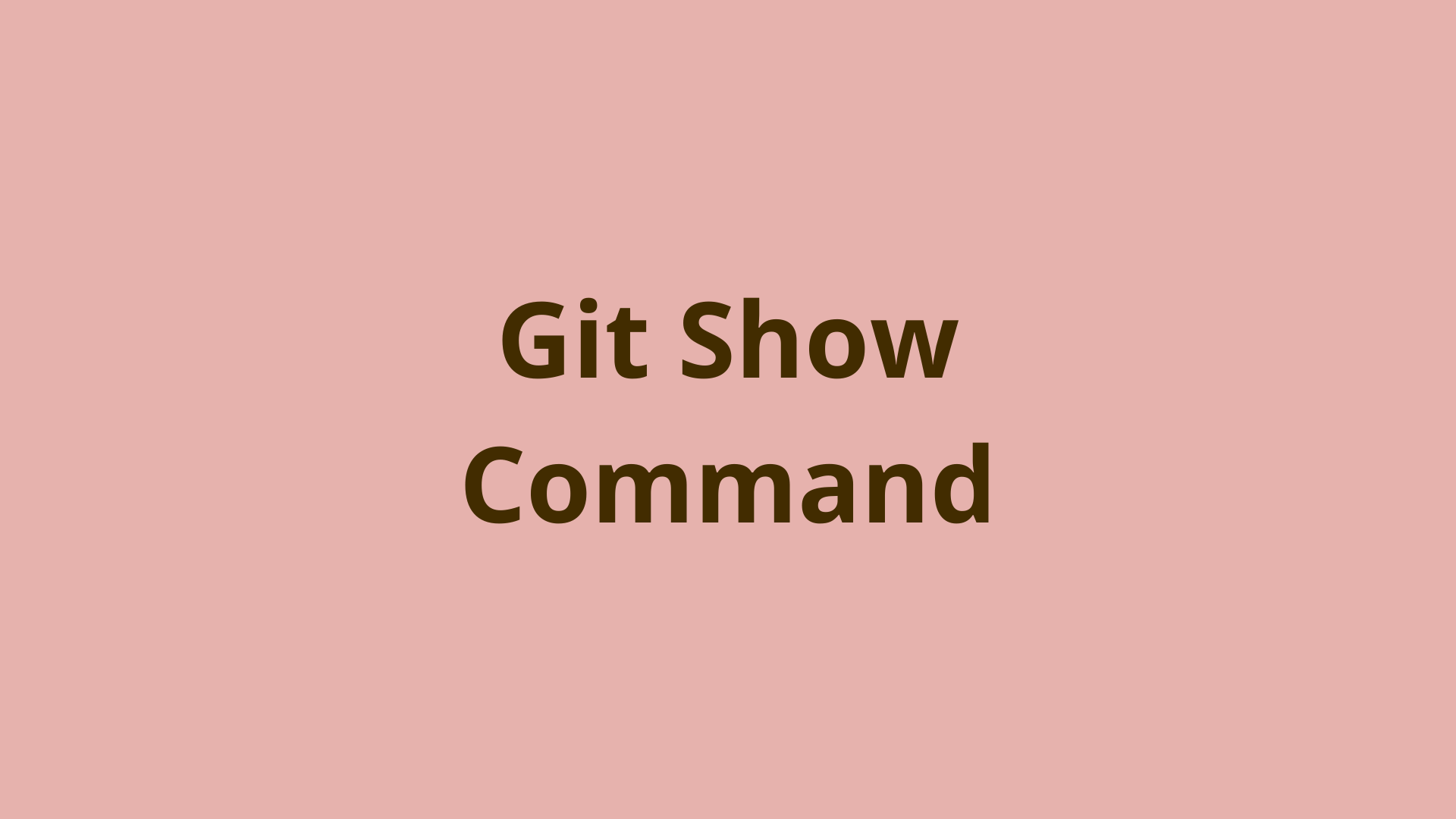Advanced Git Show Techniques for Professional Development
Professional developers leverage advanced git show techniques to streamline their workflow and enhance code quality. The command offers numerous formatting options, including --pretty formats that allow you to customize output according to your specific needs. You can use abbreviated commit hashes, display specific file changes, or focus on particular aspects of commit history.
One of the most powerful features is the ability to combine git show with other Git commands for comprehensive repository analysis. For instance, you can use git show with tags to examine release points, or combine it with grep to search for specific changes across your project history. These advanced techniques are essential for maintaining large codebases and ensuring code quality in enterprise environments.
The semantic understanding of Git objects through git show also enables better debugging practices. When issues arise in production, developers can quickly trace back through commit history to identify the exact changes that introduced problems, making troubleshooting more efficient and accurate.




